This is a partnered article with the United Soybean Board through Kitchen PLAY. All opinions belong to Mama Loves Food.
What is soybean oil, anyway? Only the most widely used edible oil in the U.S! I bet you have at least one bottle of it in your pantry!
Soybean oil isn’t something you hear talked about often, so when I learned it was something I already use regularly I said, “Wait – what IS soybean oil? And how did I not know I’ve been using it in my cookies and cakes and dinner recipes for years?”
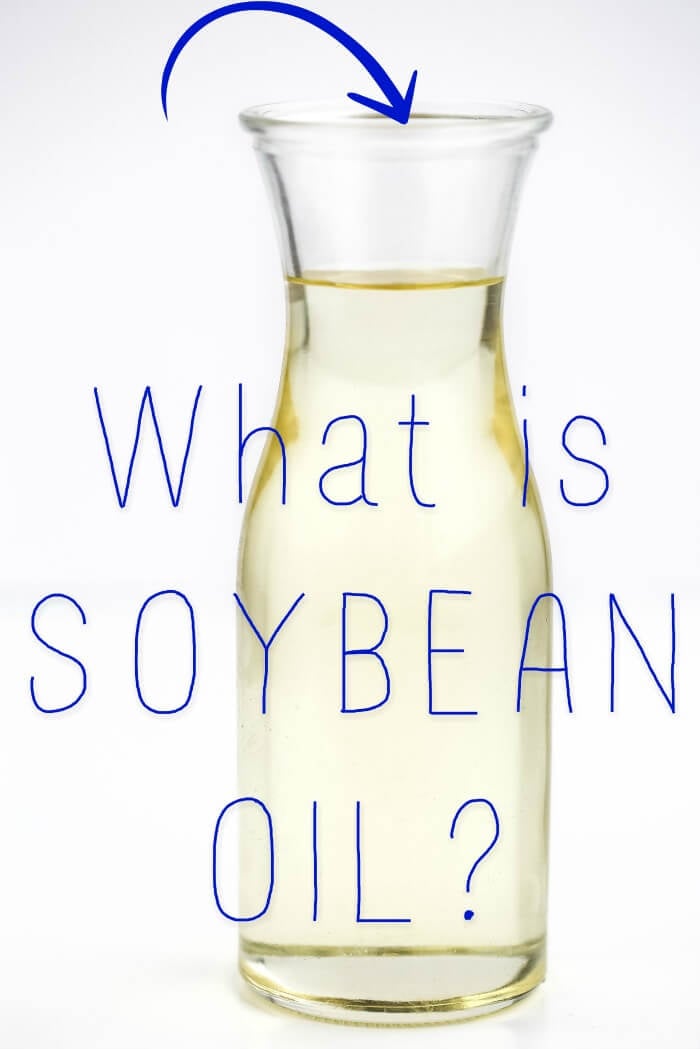
IMAGE CREDIT: United Soybean Board
What is soybean oil?
As it turns out, most of the bottled vegetable oil found at the grocery store is actually entirely soybean oil. So then, why is soybean oil called vegetable oil? First, because not all vegetable oil is 100% soybean oil (although most is), but it also seems that most oils that are named after the plant or vegetable that they come from carry some of the flavor of that plant, whereas soybean oil is nearly flavorless.
Think about olive oil for example. When you pour olive oil onto a hot skillet, you can smell the olives! Vegetable oil on the other hand is odorless and flavorless, so it makes sense to not name the oil after a single vegetable. This way consumers (us!) don’t mistakenly think that it will taste like soybeans.

IMAGE CREDIT: United Soybean Board
Is soybean oil healthy?
Soybean oil is considered heart healthy. It is an excellent source of alpha-linolenic (ALA) omega-3s, which affect cardiovascular health and may reduce blood pressure. The ALA found in soybean oil is the principal source of omega-3s in the U.S. diet. Omega-3 fats are recognized as healthy fats.
Soybean oil is one of the few non-fish sources of omega-3 fatty acids. Soybean oil has a favorable fatty acid composition, containing 0 grams trans-fat and just 2 grams of saturated fat per 1 tablespoon serving.
In 2017, the FDA authorized a qualified heart health claim confirming soybean oil’s ability to reduce the risk of coronary heart disease. The health claim states:
“Supportive but not conclusive scientific evidence suggests that eating about 1½ tablespoons (20.5 grams) daily of soybean oil, which contains unsaturated fat, may reduce the risk of coronary heart disease. To achieve this possible benefit, soybean oil is to replace saturated fat and not increase the total number of calories you eat in a day.”

IMAGE CREDIT: United Soybean Board
What is high oleic soybean oil?
High oleic soybean oil is sourced from a new variety of soybean that has higher levels of oleic acid. This oil has an improved fat profile compared to conventional oil and offers functional benefits for the food industry. High oleic soybean oil is currently being used in restaurant meals and packaged products, but it is not available as a bottled cooking oil at the grocery store.
High oleic soybean oil has an improved fat profile, including 0 grams trans-fat per serving, lower saturated fat, and three times the amount of beneficial monounsaturated fatty acids compared to many conventional vegetable oils.
In 2018, the FDA authorized a qualified heart health claim for oils high in oleic acid, including high oleic soybean oil, confirming their relationship to a reduced risk of coronary heart disease when replacing oils higher in saturated fats. The claim states:
“Supportive but not conclusive scientific evidence suggests that daily consumption of about 1½ tablespoons (20 grams) of oils containing high levels of oleic acid, when replaced for fats and oils higher in saturated fat, may reduce the risk of coronary heart disease. To achieve this possible benefit, oleic acid-containing oils should not increase the total number of calories you eat in a day.”

IMAGE CREDIT: United Soybean Board
Is the soybean sustainably grown?
We talked about this a little bit after my visit last year to the soybean and corn farms, but yes! Soybeans in the U.S. are considered sustainably grown.
In fact, 95% of U.S. soybean producers partner with the USDA to implement conservation practices on their farms. U.S. soybean farmers employ sustainable practices, including crop rotation, reduced tillage, and water management. These practices lead to a reduction in soil erosion, greenhouse gas emissions, and energy use, as well as improved water use efficiency. No-till practices for soybeans are more common than for any other crop in the U.S.
U.S. soybean farmers are working toward meeting these goals by 2025: reduce land use impact by 10%, reduce soil erosion by an additional 25%, increase energy use efficiency by 10%, and reduce total greenhouse gas emissions by 10%.
Where are soybeans for soybean oil grown?
Almost half of the land in the U.S. is devoted to farming, and soybeans are the second largest crop, with 80 million acres planted each year. There are 515,000 soybean farmers in the U.S. 100% of high oleic soybean oil is grown in the U.S. This is great news for consumers, as 73% of American consumers believe in supporting domestic agriculture by buying foods produced with crops grown by U.S. farmers.

IMAGE CREDIT: United Soybean Board
Why should I cook with soybean oil?
Heart healthy
As we talked about above, soybean oil is an excellent source of ALA omega-3s, which affect cardiovascular health and may reduce blood pressure. The ALA found in soybean oil is the principal source of non-fish omega-3s in the U.S. diet. Omega-3 fats are recognized as healthy fats.
Supports bone health
Soybean oil is rich in vitamin K, which has been shown to possibly help maintain bone strength and reduce the risk of fractures. One animal study also found that the oil may help prevent bone loss. A single serving of soybean oil (1 tablespoon) contains 25 mcg of vitamin K, which is approximately 30% of the daily recommended amount of vitamin K.
High smoke point
As a cook, one of my favorite things about soybean oil is that it has a high smoke point. Meaning it has to get really (really) hot before it will start smoking up my kitchen. The smoke point for soybean oil is 450 °F (230 °C), as compared to extra virgin olive oil, which is only 375 °F. This makes soybean oil a perfect candidate for things like roasting, baking, frying and sautéing that require high heat.
Odorless and flavorless
Baking with soybean oil is great too since it’s nearly odorless and flavorless. While we sometimes don’t mind the flavor of an oil coming through in savory dishes, this is typically not true for things like cakes and cookies!
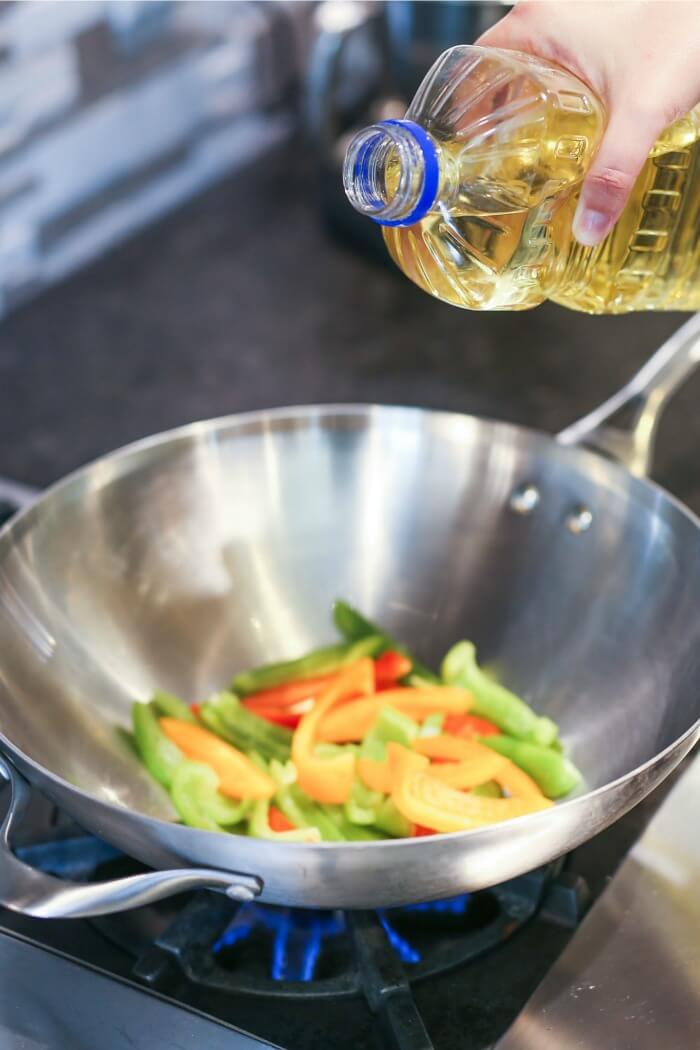
IMAGE CREDIT: United Soybean Board
What to make with soybean oil?
Now that we know what soybean oil is and why we should use it, how about giving it a go with one (or both!) of these delicious recipes.
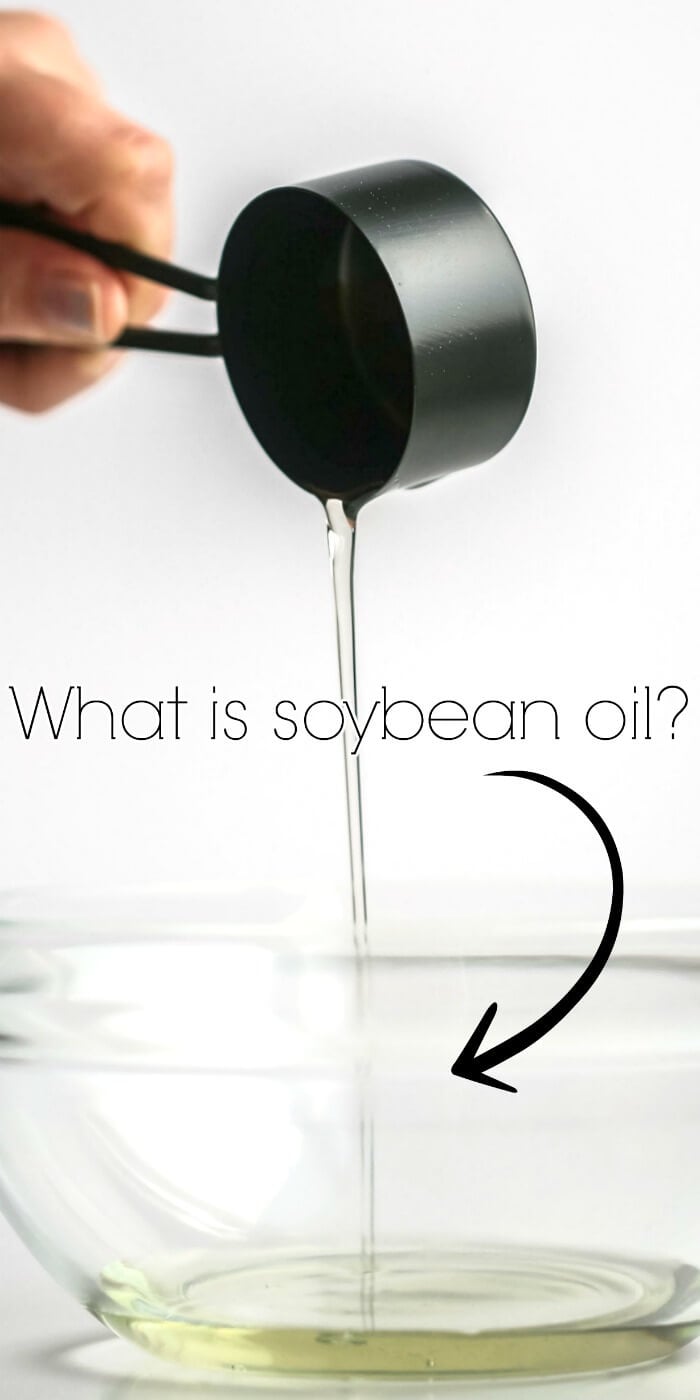
IMAGE CREDIT: United Soybean Board
Sources
- https://www.soyconnection.com/foodindustry/insights
- https://www.soyconnection.com/grownintheusa
- https://www.soyconnection.com/foodindustry/relabel-to-boost-oil-sales
- https://www.soyconnection.com/grownintheusa/meet-your-us-soybean-growers
- https://www.soyconnection.com/healthprofessionals
- https://www.soyconnection.com/healthprofessionals/mythbusting
- https://www.soyconnection.com/current-news-releases/press-release-detail/2018/08/02/u.s.-grown-soybean-oil-achieves-fda-qualified-heart-health-claim
- https://www.qualisoy.com/benefits-of-u.s.-grown-ingredients
- https://www.qualisoy.com/food-industry-solutions/high-oleic-soybean-oil
- https://aghires.com/soybean-oil-widely-used-edible-oil-u-s/
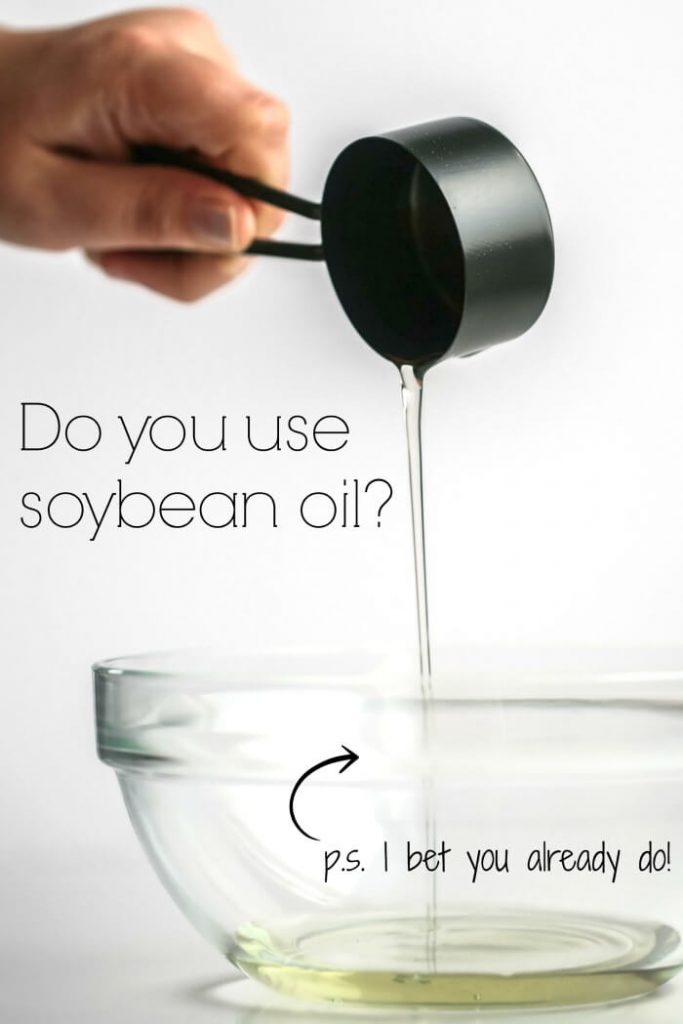
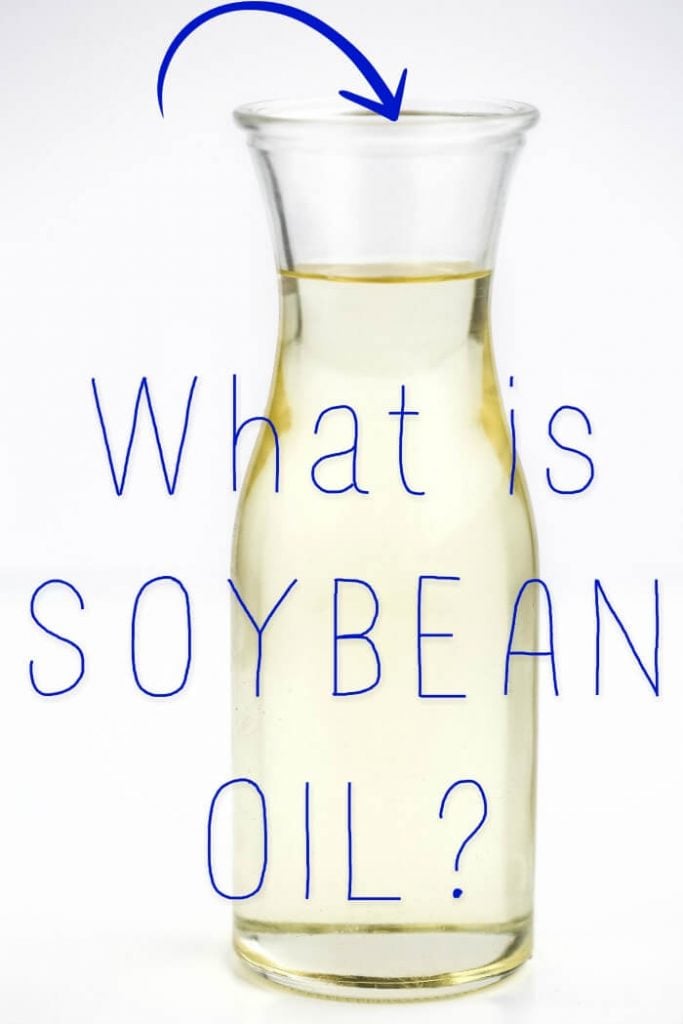
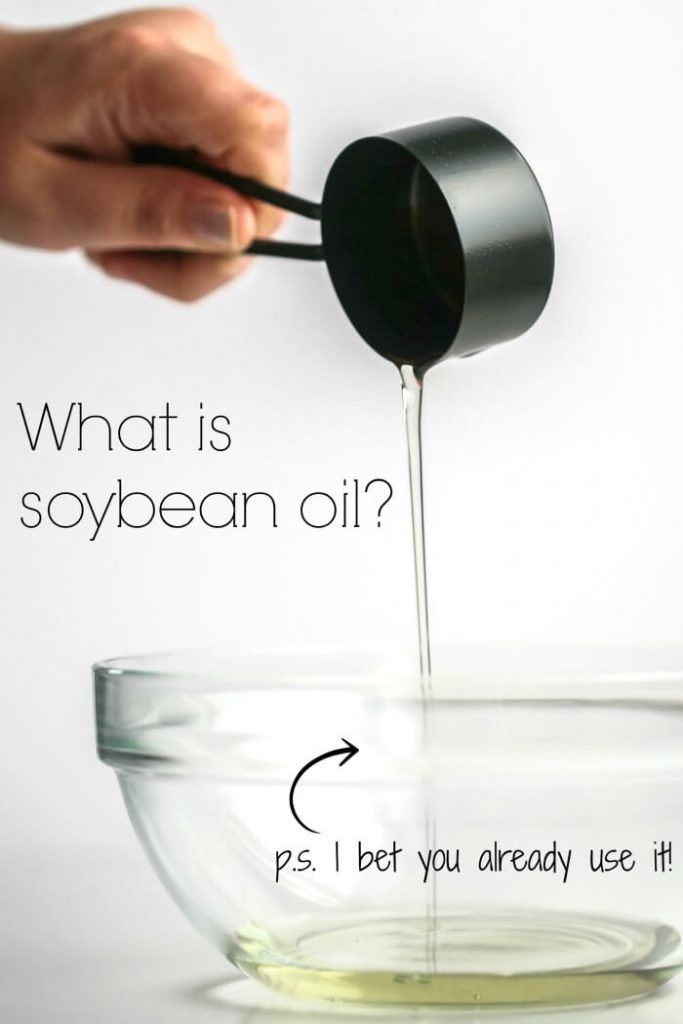

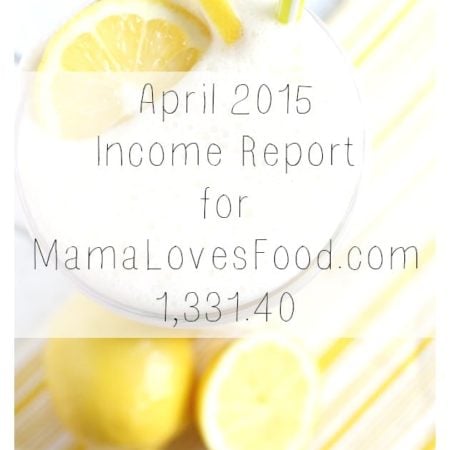

Leave a Reply